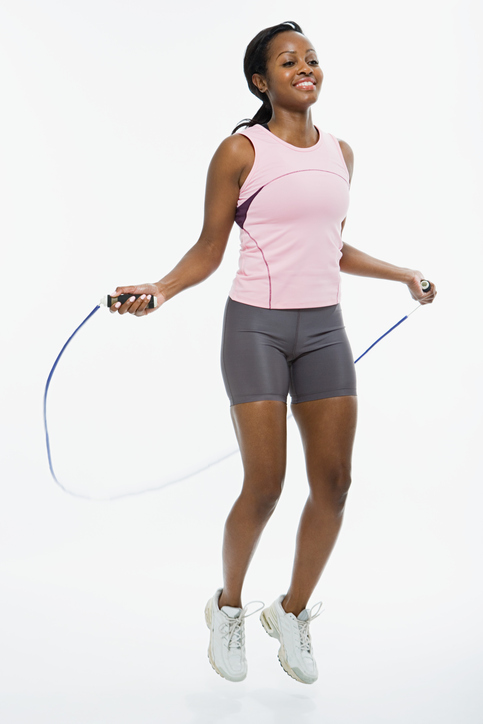by Ellis Rodgers, BDO Staff Writer
You can make fat-burning fun again with one of these super-charged activities. They will breathe new life into your gym time, helping you stay motivated, and keep your body burning more calories. Burning 1000 calories a day is not an easy task, but with dedication and intensity, it can be accomplished. The amount of calories burned depends on a person’s weight and fitness level, intensity level, type and duration of activity.
When to NOT Do These Workouts
Starting a new and intense exercise program isn’t a good idea if you have a health condition such as diabetes or heart disease that could be affected by exercise unless you get the green light from your doctor.
It’s also not a good idea to purposely burn a significant number of calories without refueling properly if you’re already below a healthy weight for your gender and height.
If you don’t eat after periods of heavy exercise on purpose, that can be a sign of the eating disorder anorexia. Exercising intensely after periods of binge eating can be a sign of bulimia or binge eating disorder.
If you think you may have an eating disorder, you may benefit from talking with a healthcare professional who specializes in eating disorders.
When Exercising, What Should You Eat?
If you’re burning 1,000 calories a day through exercise, the amount you should eat depends on your goal.
If your goal is to lose weight, you’ll need to consume fewer calories than you burn. Reducing your calories by 500 to 600 a day under your maintenance level can lead to about a pound of weight loss per week. This is often considered a healthy rate.
Attempting a “crash diet” or a highly restrictive diet to lose weight is rarely successful in the long term.
When choosing foods to eat during a high impact workout, you can consider foods that are high in carbohydrates, protein, or both:
Carbohydrates
The body’s preferred fuel source during intense exercise. Good sources include whole grains, fruits, vegetables, and legumes.
Protein
Can help increase muscle protein synthesis. You can eat 20–30 grams of protein before a workout, with or without carbohydrates.
Bananas
A popular choice among athletes because they provide a quick release of energy.
Berries
Dark berries in particular are easily-digested glucose that fuels your muscles.
Yogurt
It’s not only good for gut health, it also has a decent amount of lactose, a milk sugar that’s easily used for energy. The protein in yogurt also slows down the absorption of lactose, making the energy boost last longer.
Hard-boiled eggs
They’re packed with protein, choline, and essential fatty acids. Eating eggs before a workout can help with muscle growth, blood sugar levels, and energy production
Fast Exercises that Burn 1000 calories
5. Climbing Stairs
A simple stair climb back and forth up and down the stairs for 20 minutes can burn up to 1,000 calories. That’s right, 1,000 calories! Taking each step one at a time vigorously will help. Start with 60 stairs. Even if you have to go up multiple flights of stairs, it’s ok. Go back and forth, up and down, without stopping. You’ll feel the results after 20 minutes!
4. Jump Rope

As one of the highest-calorie-burning exercises, jumping rope burns about 11 calories per minute. Varying speed and increasing intensity while jumping can burn up to 20 calories per minute. It is estimated that a 150-lb. person jumping rope at a moderate level (140 revolutions per minute) burns 1,022 calories in 60 minutes (try 15-minute intervals throughout the day). Jumping rope at a fast pace (180 to 200 revolutions per minute) burns around 1,020 calories in 50 minutes.
Calories burned while bicycling depend on intensity and terrain. The amount of calories burned will differ when riding a stationary bike versus an outdoor bike. A 150-lb. person bicycling at a racing pace (16 to 19 mph) for 75 minutes burns about 1,020 calories. Biking 14 to 15.9 mph (vigorous effort) burns close to 1,022 calories in 90 minutes.
2. Interval Training
Interval training combines short bursts of high-intensity exercises with recovery exercises, a less-intense form of exercise. Sprinting for two minutes with a one-minute recovery jog is an example of interval training. Interval training burns calories faster due to the high burst of intensity. A walk that usually takes 60 minutes may only take 45 minutes with small bursts of high-intensity walking. Depending on the exercise, interval training can burn 1,000 calories in 60 to 90 minutes. Strength-training exercises, such as push-ups, lunges, squats or bicep curls, can be used as recovery exercises in combination with high-intensity exercises.
1. Jogging
Believe it or not, jogging burns a large number of calories in a short amount of time. A 150-lb. person running at 6 mph (10-minute mile) burns approximately 1,022 calories in 90 minutes. Increasing speed burns more calories in a shorter period. The same person can burn 1,020 calories in 60 minutes running at 9 mph (6.5-minute mile). Running stairs burns 1,020 calories per hour.










